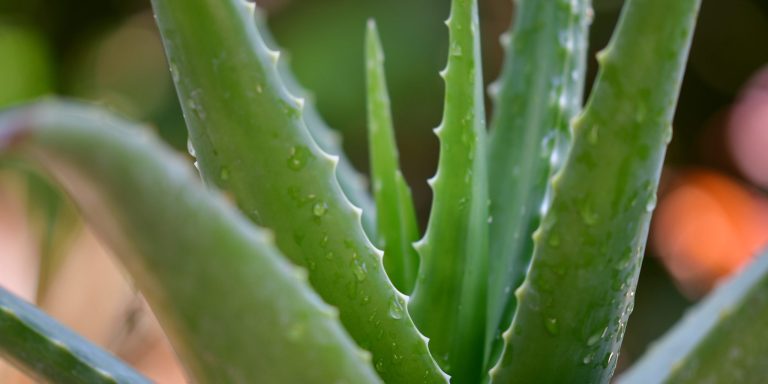Berberin
Berberin is a so-called alkaloid. Alkaloids are found in plants and protect them from microorganisms, pests and predators, among other things, and also regulate their growth. Berberin is found, for…
Read more
Berberin is a so-called alkaloid. Alkaloids are found in plants and protect them from microorganisms, pests and predators, among other things, and also regulate their growth. Berberin is found, for…
This plant wax is obtained from the shells of the berries of the lacquer tree, lacquer sumac (Rhus verniciflua), which thrives in India, Japan, Korea and parts of China. The…
Fragrant and long-lasting Babussu oil is obtained from the seeds of the fruit (nut) of the Brazilian babassu palm (Orbignya oleifera B.). In appearance, it resembles coconut and the fat…
The scent of plants Essential oils are produced in the so-called oil glands of plants and stored in the plant tissue. Oil glands can be found in the flowers, leaves,…
Reddish pigment Astaxanthin is a naturally occurring reddish pigment that belongs to the xanthophyll class of carotenoids. It is mainly produced by green algae and is responsible, for example, for…
Sleeping berry root The German name for Ashwaganda is Schlafbeerenwurzel (sleeping berry root), which already reveals something about an area of application. Sometimes the name Indian ginseng is also used.…
Artemisinin is a secondary plant substance found in the leaves and flowers of the annual mugwort (Artemisia annua). Artemisia has been known in Chinese folk medicine for 2000 years and…
Origin of Argan Oil Argan oil is extracted from the seeds or kernels of the argan fruit, which ripens on the argan tree. Argan trees grow exclusively in one part…
Apricot kernel oil, as the name suggests, is not extracted from the fruit, but from the almond of the stone. The oil is mainly used in cosmetic products, but it…
An antioxidant, or also called a radical scavenger, can interrupt the chain reactions of free radicals and in this way prevent cell damage and thus also diseases. Free radicals are…
Antho from the Greek means blossom and kyanos blue dye. These are water-soluble plant pigments belonging to the flavonoids. They are actually found in most plants, but as the name…
In biochemistry, the so-called biosynthesis (“bringing together of life”) means, very simply and briefly summarised, the building up of organic substances; amino acid synthesis involves amino acids. These processes are…

The cornerstones of proteins Amino acids are vital for every organism, indeed without them it would simply not exist. They form the basic building blocks of all proteins and are…
Alpha lipoic acid is a fatty acid with antioxidant properties that help fight free radicals in the body. According to research, alpha lipoic acid may be beneficial in the treatment…
Alpha-linolenic acid, often just called linolenic acid, is a triple unsaturated fatty acid of the group of so-called omega-3 fatty acids, which play a major role in a healthy diet.…

Aloa vera is familiar to most people from the name of body products. It is said to have various positive effects, e.g. wound healing, anti-inflammatory or antibacterial. The application possibilities…
Energy Adenosine triphosphate, abbreviated ATP, is a molecule that provides energy and is the main energy store of cells. It consists of the bond between adenosine and three phosphate groups.…
Our body needs vitamins, but with a few exceptions it cannot produce them itself. Therefore, we have to supply them with our daily food. There are two groups of vitamins.…
Acerola, often also called acerola cherry, although strictly speaking the healthy stone fruit is not related to sweet cherries, is one of the three best sources of vitamin C in…
Make sure that the place of delivery and the language correspond to your region. Otherwise, change your selection: